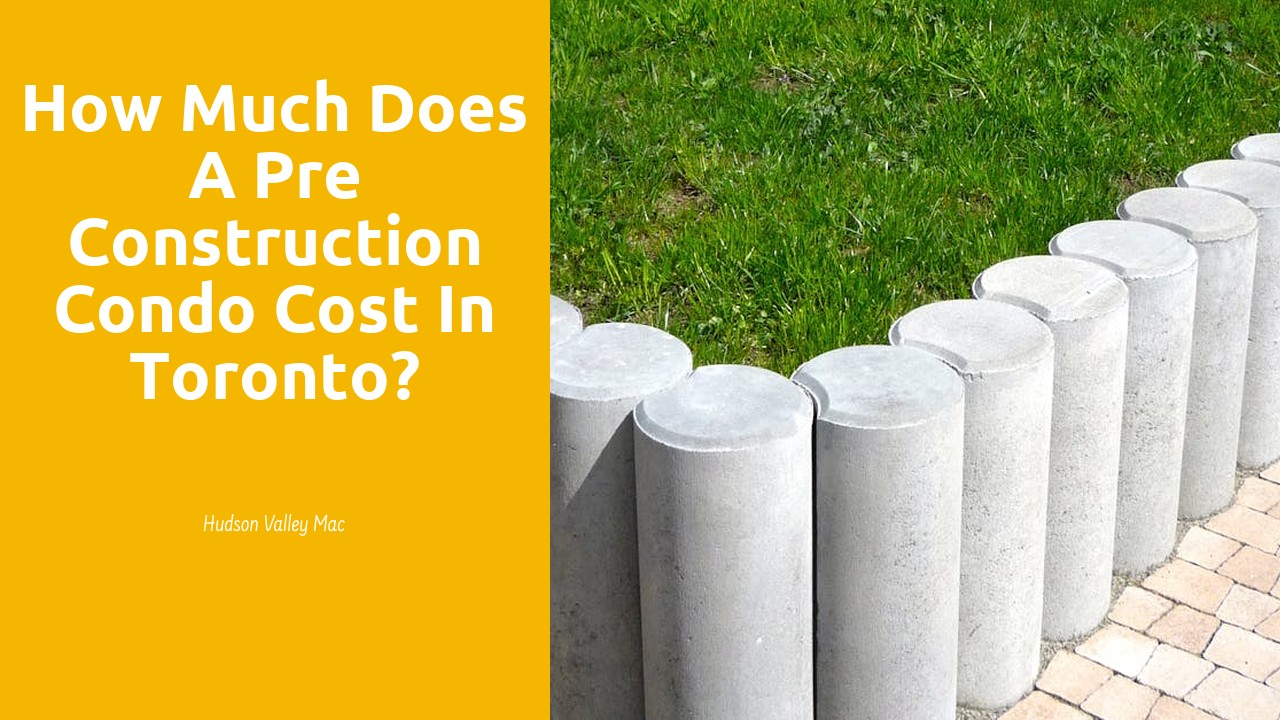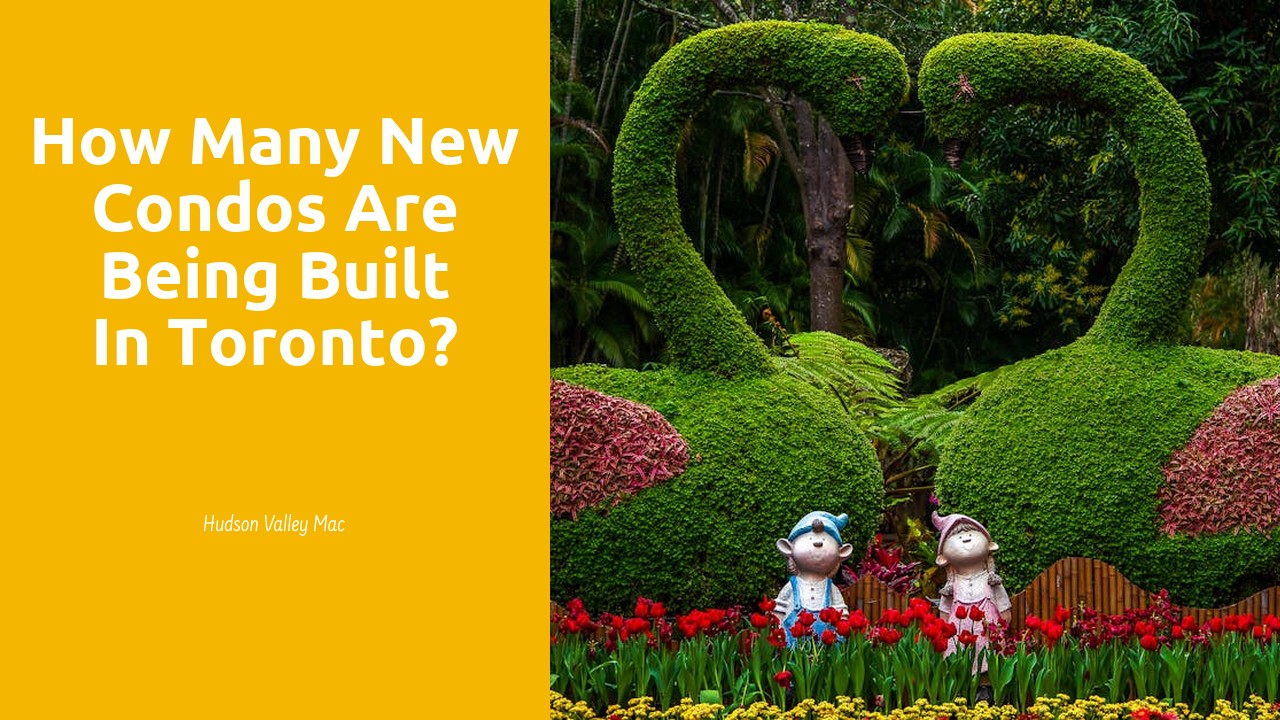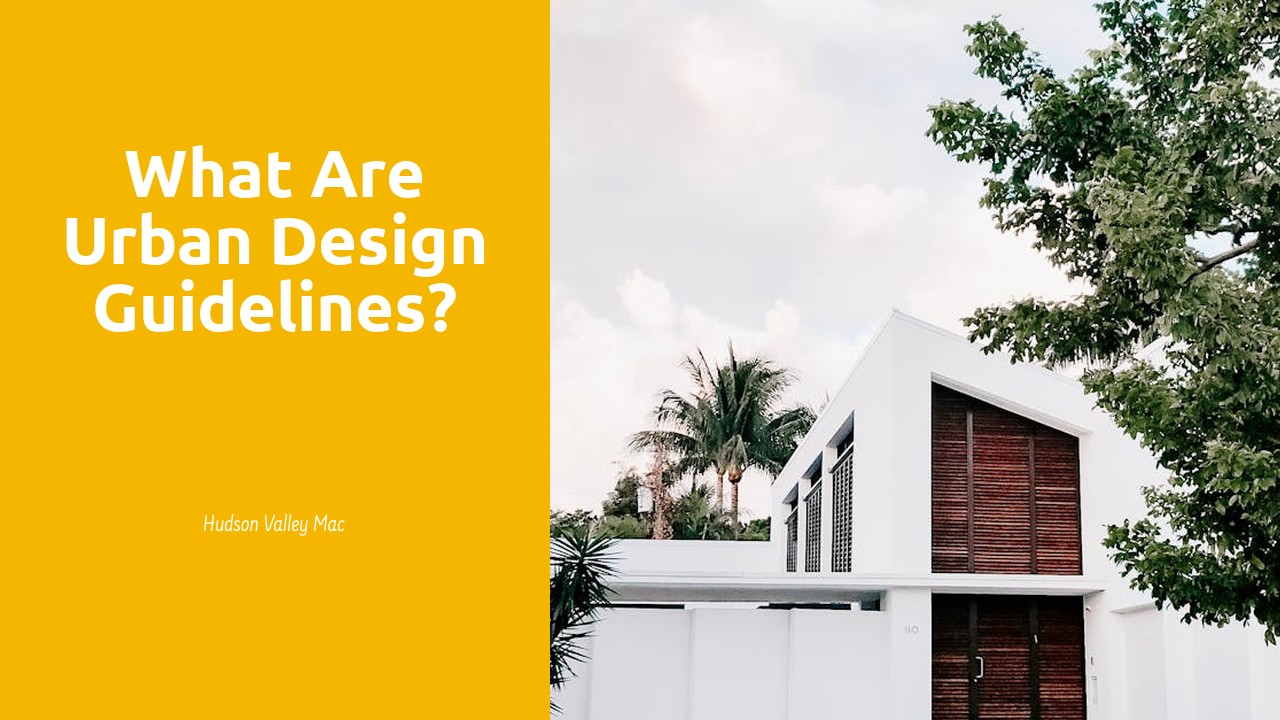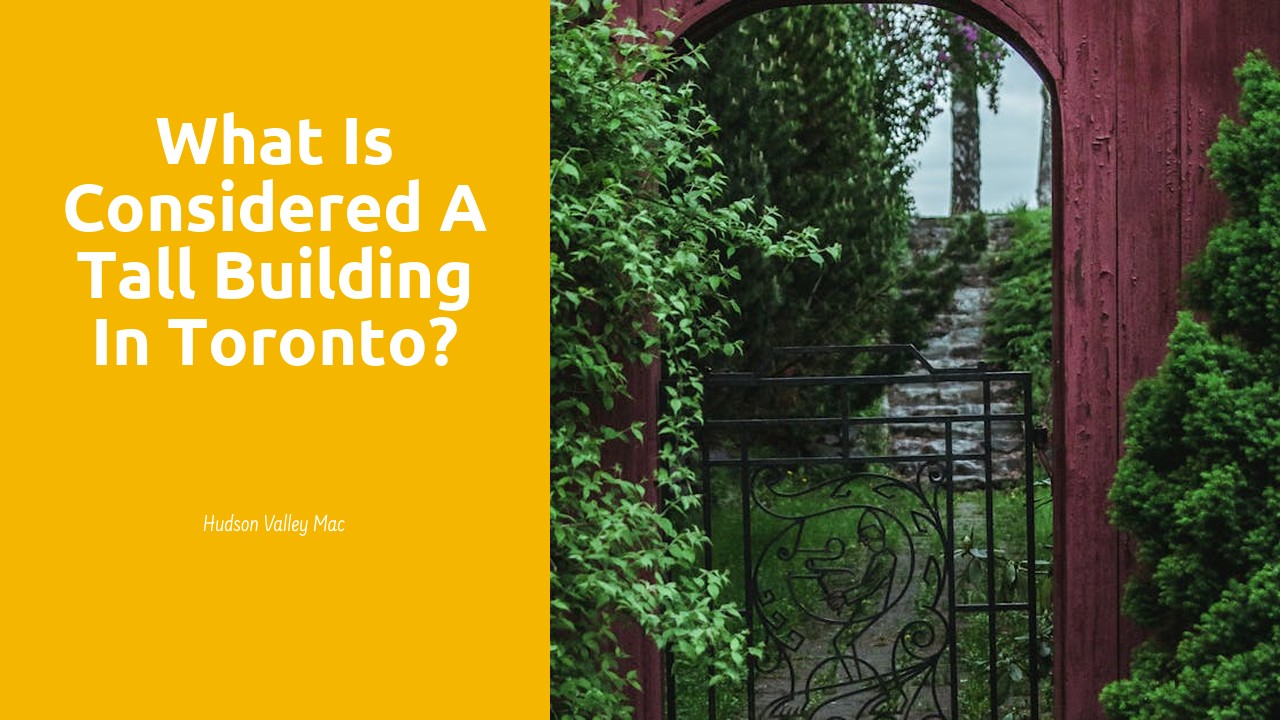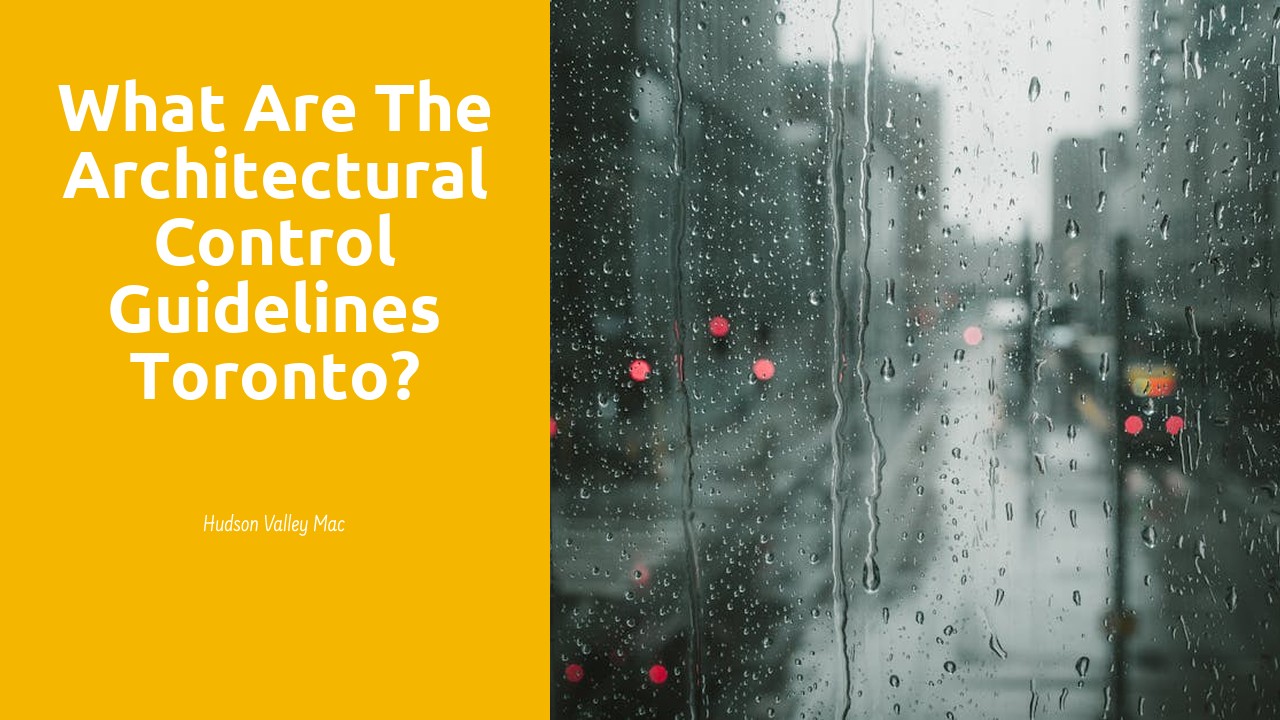
Table Of Contents
Historical Significance of Architectural Preservation in Toronto
Historical significance underlies the architectural preservation efforts in Toronto, with a rich tapestry of buildings tracing back centuries. The vibrant history of the city can be witnessed through its architecture, which serves as a physical display of Toronto's evolution over time. From heritage buildings nestled in the downtown core to historic structures in the suburbs, each edifice tells a unique story of the city's past, contributing to its cultural identity. Design Concept Development in St Thomas, a prime example of architectural preservation, highlights the importance of maintaining and restoring historical structures to honour the city's roots.
Toronto's commitment to architectural preservation not only safeguards its historical legacy but also fosters a sense of community pride and identity. By protecting and celebrating iconic buildings and structures across the city, Toronto pays homage to its diverse cultural heritage and architectural legacy. Design Concept Development in St Thomas showcases how the city's architectural guidelines aim to strike a balance between preserving the past and embracing modernity, creating a harmonious blend of old and new in the urban landscape.
Notable Architectural Styles in Toronto's Urban Landscape
Toronto's urban landscape is rich in architectural diversity, showcasing a blend of historical and modern styles. The city boasts a variety of notable architectural styles that have left their mark on its skyline. From the iconic Art Deco buildings along Yonge Street to the modernist skyscrapers in the Financial District, Toronto's architecture reflects its evolution over the years. The city's architectural landscape is a testament to the ever-changing design trends and influences that have shaped its identity.
One interesting aspect is the Design Concept Development in Halton Region, which focuses on promoting sustainable and innovative architectural designs. This initiative aims to create spaces that are not only aesthetically pleasing but also environmentally friendly and functional. By integrating elements of nature into urban settings and embracing green building practices, Toronto's architectural scene is evolving towards a more sustainable future. The city's commitment to enhancing its architectural guidelines and promoting innovative design concepts positions it as a leader in forward-thinking urban development.
Comparison of Architectural Guidelines in Different Toronto Neighborhoods
In Toronto, the architectural guidelines vary across different neighborhoods, reflecting the diverse architectural styles and historical contexts within the city. For instance, in the affluent neighborhood of Rosedale, there is a focus on preserving the historic character of the area through strict regulations on building materials and architectural features. On the other hand, in more contemporary neighborhoods like Liberty Village, the guidelines are more lenient, allowing for innovation and modern architectural expressions. These differing guidelines contribute to the unique charm and identity of each neighborhood, creating a rich tapestry of architectural diversity throughout Toronto.
Another interesting comparison can be seen between the guidelines in the Distillery District and those in the Entertainment District. While both areas are known for their vibrant cultural scenes, the Distillery District places a strong emphasis on preserving the industrial heritage of the area through adaptive reuse projects and strict guidelines on facades and building heights. In contrast, the Entertainment District embraces a more eclectic mix of architectural styles, allowing for creative freedom in design while still ensuring a cohesive streetscape. The juxtaposition of these guidelines showcases the dynamic nature of architectural development in Toronto, where the past and the present coexist harmoniously in the urban landscape. Design Concept Development in Brant has seen varying approaches depending on the character and historical significance of each Toronto neighborhood, shaping the city's architectural evolution.
Variances in Architectural Restrictions Across Toronto Districts
In Toronto, architectural guidelines vary significantly across different districts, reflecting the unique characteristics and historical contexts of each area. For instance, while some neighborhoods place a strong emphasis on preserving heritage buildings and facades, others prioritize modern aesthetics and innovative design concepts. This diversity in architectural restrictions contributes to the eclectic urban landscape of Toronto, showcasing a blend of traditional and contemporary styles that define the city's character.
One notable example of variances in architectural restrictions can be observed in the contrast between the preservation of Victorian-era buildings in the Distillery District and the progressive approach to design concept development in Peterborough. While the former aims to maintain the historical integrity of the area, the latter fosters a more dynamic and forward-thinking architectural environment. These differences highlight the flexibility and adaptability of architectural guidelines across Toronto districts, catering to the diverse preferences and visions of urban planners, developers, and residents alike.
Future Trends in Architectural Design and Regulations in Toronto
The future of architectural design and regulations in Toronto is expected to showcase a shift towards more sustainable and environmentally conscious practices. With a growing focus on reducing carbon footprints and mitigating the impact of urban development on the environment, architects and city planners are exploring innovative ways to incorporate green design principles into new buildings and infrastructure projects. This trend aligns with the global movement towards sustainable architecture and reflects Toronto's commitment to promoting eco-friendly practices in urban development. Moreover, initiatives like Design Concept Development in Norfolk exemplify the city's dedication to fostering creativity and innovation in architectural design while prioritizing sustainability and resilience in the face of climate change challenges.
Sustainable Architecture Initiatives in Toronto's Urban Development
Sustainable architecture initiatives play a crucial role in shaping Toronto's urban development landscape. With a growing emphasis on environmental conservation and energy efficiency, architects and developers in the city are increasingly adopting green building practices. One notable project that embodies this trend is the Design Concept Development in Norfolk, which integrates sustainable design principles into its architectural vision.
Design Concept Development in Norfolk incorporates features such as passive solar design, green roofs, and energy-efficient building materials to minimize its environmental impact. By implementing these sustainable strategies, the project not only reduces its carbon footprint but also sets a precedent for future developments in Toronto. As the city continues to grow and evolve, it is imperative for urban planners and architects to prioritize sustainability in their designs to ensure a greener and more resilient urban environment for generations to come.
FAQS
What are architectural control guidelines in Toronto?
Architectural control guidelines in Toronto are regulations and standards that govern the design and construction of buildings to ensure they are in harmony with the surrounding urban landscape.
Why are architectural control guidelines important in Toronto?
Architectural control guidelines are important in Toronto to preserve the historical significance of the city's architecture, maintain the aesthetic appeal of neighborhoods, and promote sustainable urban development.
How do architectural guidelines vary across different neighborhoods in Toronto?
Architectural guidelines vary across different neighborhoods in Toronto based on factors such as historical significance, urban density, and community preferences. Some neighborhoods may have stricter restrictions while others may allow more flexibility in design.
What are some notable architectural styles found in Toronto's urban landscape?
Toronto's urban landscape features a mix of architectural styles including Victorian, Edwardian, Art Deco, and modernist architecture. Each style contributes to the city's rich architectural heritage.
Are there any future trends in architectural design and regulations in Toronto?
Future trends in architectural design and regulations in Toronto include a focus on sustainable architecture, green building practices, and the integration of technology in building design. These trends aim to create a more environmentally friendly and resilient urban environment.

